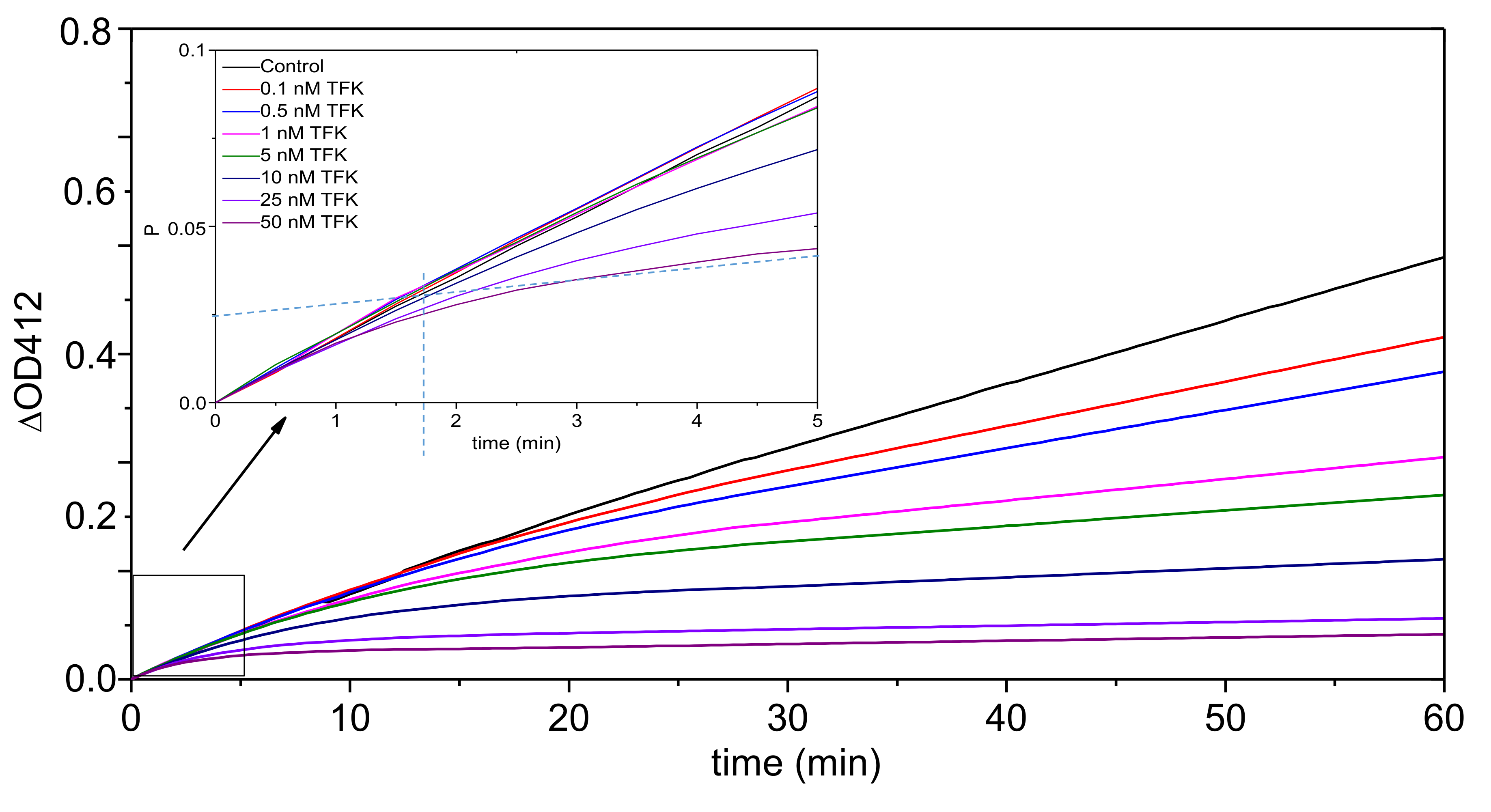
It offers both 4 and 2bpp options for greater reduction in size. It is well known for its use on iOS devices for texture compression. Imagination develops the PowerVR GPU and created a proprietary PVRTC texture compression format. Other mobile chip vendors created other compression formats. In the mobile space, NVIDIA is one of the few vendors enabling easy porting of desktop content to devices, with its support for DXT in the Tegra processors. There have been later variants of this approach that store LA or RG data in two separate 4bpp blocks, for better quality. To store alpha information, there is either 1-bit alpha (using 1bpp of the encoding space), or a second 4bpp alpha-only block for high quality alpha encoding. At its most basic, it is a fixed 4x4 block format that uses 4bpp to encode each RGB block. It is also referred to as S3TC due to its origin, or BCn for certain DirectX implementations. In the modern desktop computing age, there has classically been one answer to texture compression: DXT. The following suggestions are based on the ARM "astcenc.exe" command line tool in "thorough" mode to ASTC-compress a small set of test assets at different bit rates. This is especially the case if previously you have avoided using DXT on specific assets you might now try ASTC formats vs leaving the assets uncompressed. In each case below, "Higher" quality should be less than or equal to the file size of DXT but significantly better image quality. ASTC can run in faster modes, generating lower quality results in short times, when you are testing and don't yet need or want production quality.
#Atc 4 laggy plus#
On the plus side, ASTC tools are 4-20x faster than its closest competitor, ETC2, for production output.

One last note: ASTC compression takes time for best results. It is a starting point from which you can decide to further increase or decrease compression levels to hit your desired balance of size and quality. You must evaluate your particular needs, desires, and content. Experiment with increased compression when time permits. That said, you may find content which "tolerates" highest compression well, or decide that smaller size is more important than the resulting artifacts. The best compression might mean the highest compression levels and lowest bit rates, but with too many artifacts. Note: although many of the tools use the term "best compression" we avoid it as it is easily overloaded. In addition, at the end is a more detailed walk through of some real-world compression testing results. The overall goal is to assist developers in achieving their desired balance between image quality and texture size.





 0 kommentar(er)
0 kommentar(er)
